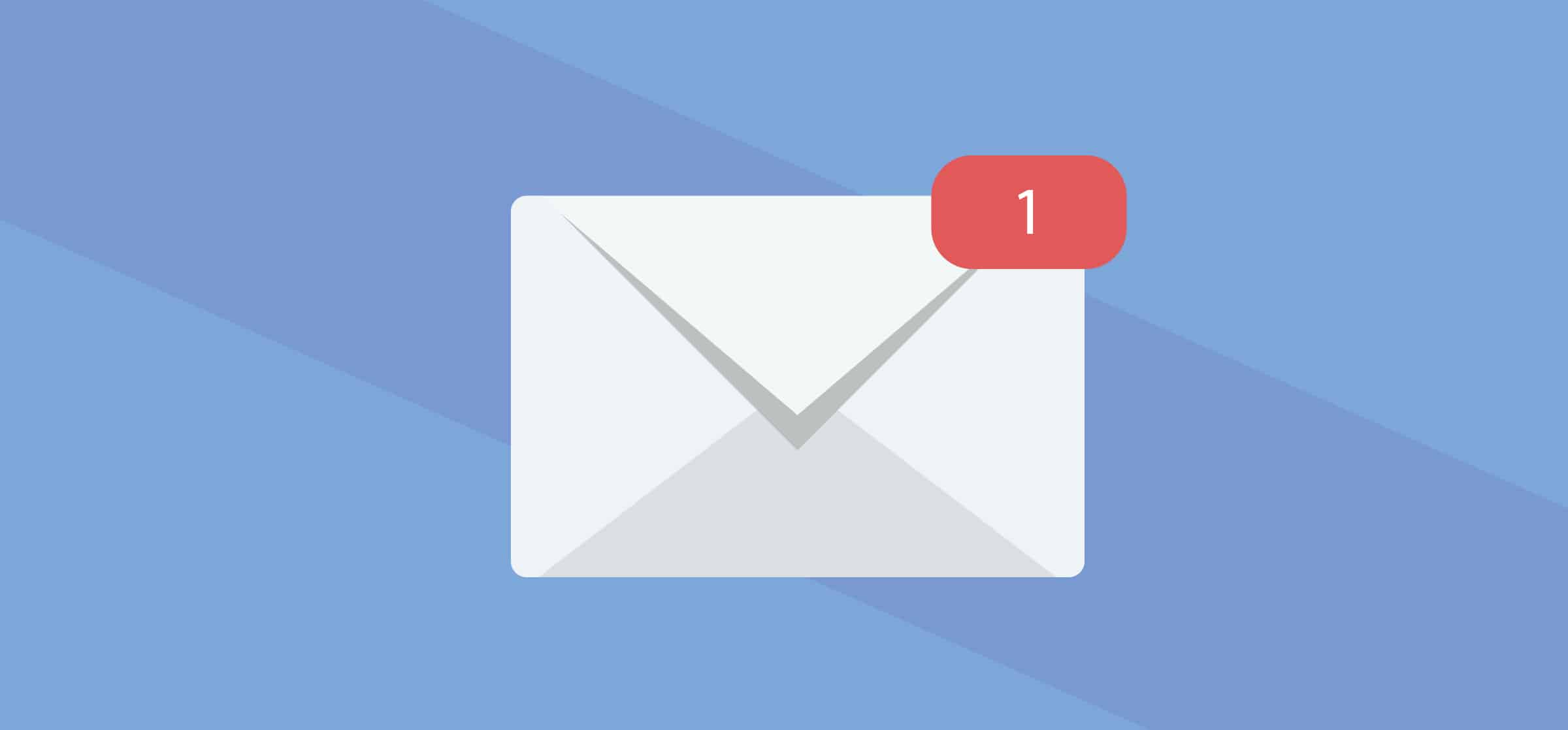Inbox Zero vs. Inbox One: An Argument in Favor of Notifications
“I’m not quite too sure what to do about sorting my email,” a new hire at my office mused loudly from her cubicle. Though I sit two rows away, I immediately popped my head up to interject.
“Well there are two types of people in this office — those who use folders and those who don’t.”
More heads started popping up, each with their own passionate take on the topic. I, being someone who vehemently opposes folders (there’s a search function for a reason), quickly realized how much people care about their inboxes and the systems they use to manage them.
Given that most people spend about 28% of their time in their inboxes every day, the passion isn’t all that surprising. Along with all of the other tools that are piled on top of email — from project management apps to chat — it can all be very distracting. Notifications, calendar reminders, and all those little red dots are usually an important part of our jobs, but they do demand attention and can take you off task.
But can these notifications actually be helpful rather than a hindrance?
We’ve all heard that notifications are bad. They kill your focus and ruin your productivity. If you have all notifications enabled on your desktop, phone, tablet, whatever, then yes, you’ll likely be bombarded with flashing blips that take you off task (social media apps are usually the culprits listed in articles from Wired to Forbes). But could you harness that instinctual reaction you have to a notification in order to help you be more productive?
Using notifications to prioritize
Some notifications serve a purpose. Acting as a digital to-do list, in a very visual and top-of-mind way, leaving one unread message or an unchecked notification in your taskbar can actually help you prioritize.
Because notifications are distracting even if you ignore them (a study was done that found that student’s test scores suffered if they even knew they had a notification), they can actually help with productivity. In a way, those carefully-chosen, unattended notifications are the little voice in your head, keeping you on track. Having more than a few voices in your head will definitely be hard to manage, but if you harness the power of distraction, you can flip it from a negative to a positive. Sort of like Pavlov’s dogs, you can train yourself to respond in a certain way, to a certain stimulus.
In my world, where email reigns, I use unread notifications as my bell and I call the practice “Inbox One.”
A twist on Inbox Zero
You likely know of the concept (and coveted goal) of “Inbox Zero” — a term coined over 10 years ago by Merlin Mann, an American writer and podcaster, at a Google Tech Talk. It’s a practice that helps people manage (cope? survive?) with a high-volume of emails by processing them in a specific way.
By implementing Mann’s system, the idea is that you will be able to spend more time out of your inbox, than in it, focusing on deep work. This comes down to a series of steps around processing, a term he explains throughout his talk, and setting boundaries. The first and main boundary is not leaving your email client open.
If your job is anything like mine, this isn’t really a realistic option. Sure, there are times when I shut down Outlook to do some serious reading or editing, but I rely on my inbox to keep me informed and help me manage important tasks. What I can do, however, is limit the other notifications that are part of my workscape — I close Slack, Skype for Business, and Asana. I even put my phone in a drawer. By limiting other notifications, I free my mind up to work.
That said, I do apply many of the principles of Inbox Zero to my own process. Every morning I come into the office to an avalanche of emails. Most of my job has me working with European markets, meaning I have the delight of waking up to all the work they’ve done while I’m sleeping. This means I have to prioritize my inbox and eliminate all but the helpful distractions. I go through the emails I know can be deleted or don’t require action. Then I respond to the ones that can be actioned in a few minutes or less. For the ones that need more time, like reviewing a brief or providing feedback on a video, I leave those unread — a little red number yelling at me, helpfully. This is the departure from Mann’s system.
Instead of putting these emails into a “requires response” folder, I let the unread email number help me prioritize throughout my day. Get pulled into a two-hour meeting? Have to answer an important phone call from my boss? My inbox lets me know what I need to do when I finally sit back down at my desk.
On a good day, I try to leave myself one hour before I head home to tend to the “Unread” tab and power through meatier tasks. This is exactly the time I shut down all the rest of my notification-heavy apps and tools to focus. On less perfect days, I file tasks into Trello cards to keep me on track when I arrive back in the office the next day. I try to keep my to-do board on Trello concise as well — harnessing the power of few (cards, in this case) to help me focus.
No matter if you apply Inbox One to your email or to another productivity tool (here are some of my favs), the power of notifications can work in your favor. You just need to find the right balance and be in control of what notifications you let into your flow.


